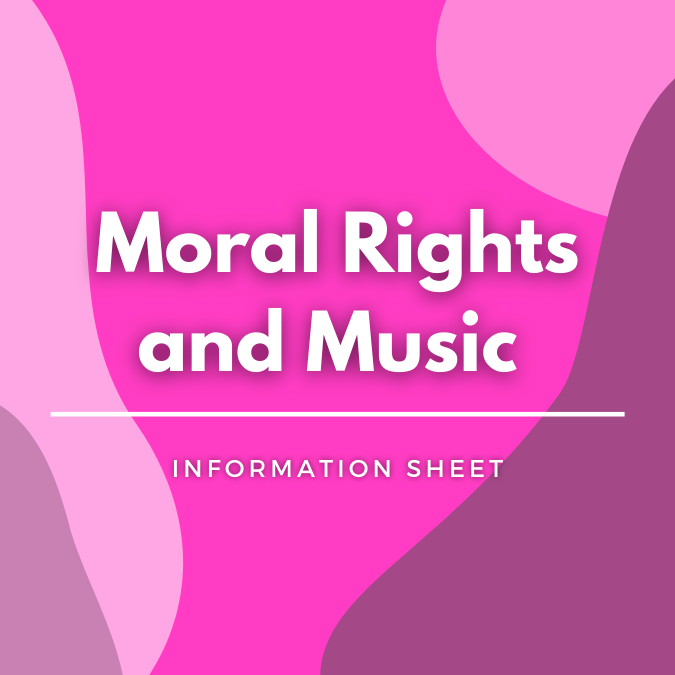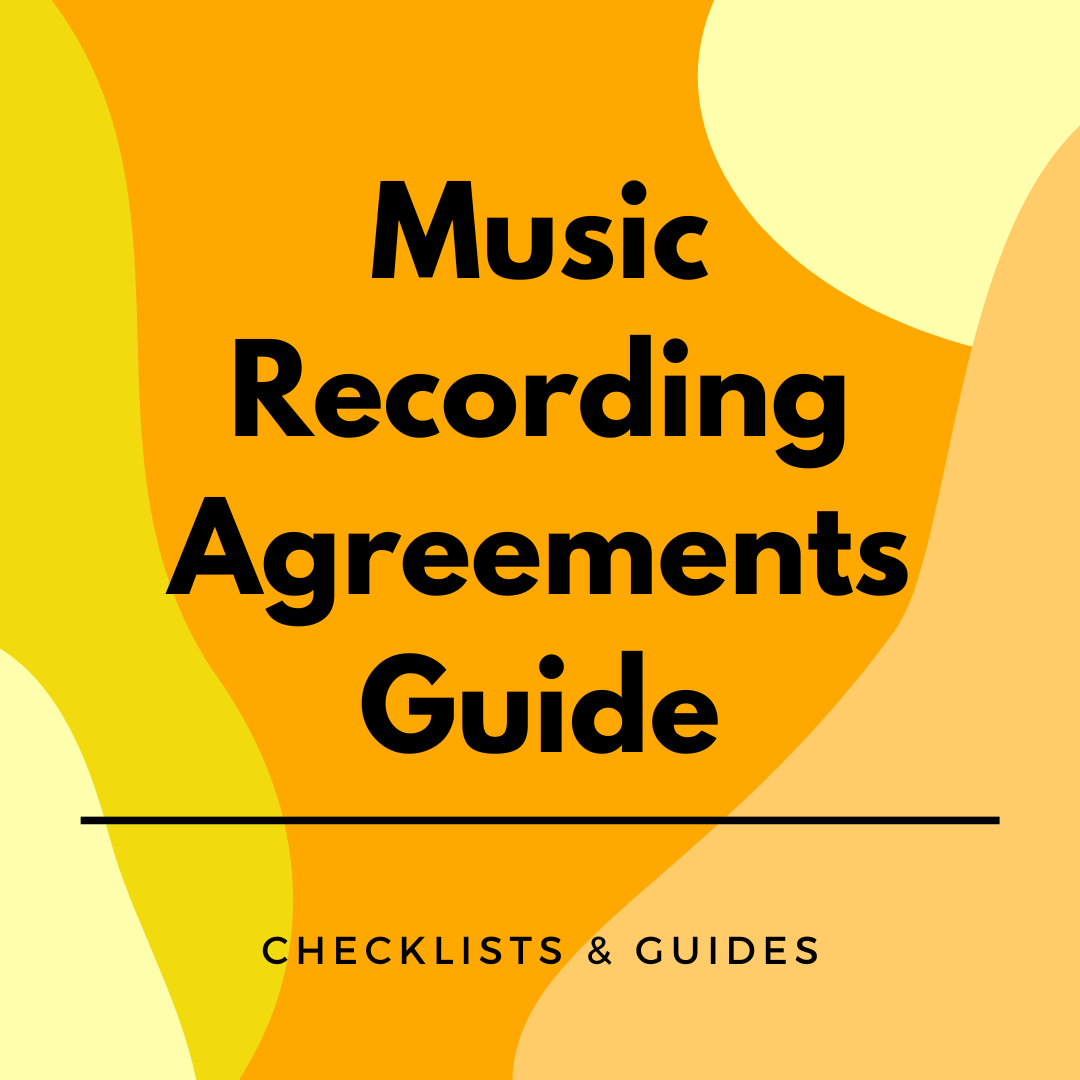Non-fungible Token (NFT)
Introduction
This information sheet explains what Non-Fungible Tokens (NFTs) are and how they are commonly used. It will cover some basic technological concepts involved with NFTs, including “blockchain”, “smart contracts”, “minting”, and “cryptocurrencies.” It will also cover legal issues to be aware of when dealing with NFTs.
NFTs: the basics
What is an NFT?
An NFT is a unique digital record that represents an asset. That asset can be:
- a digital item (e.g., digital artworks, audio files, video files, video games or in-game purchases); or
- a real-world item (e.g., paintings, fashion garments, documents).
An NFT is not the asset itself. It is a piece of code (i.e., a record) on a digital ledger called a “blockchain”. NFTs have been compared to paid invoices, receipts, and original signatures on paintings. They are meant to be an authentic and secure record of ownership.
NFTs are growing in popularity in the art and entertainment industries. NBA TopShot allows basketball fans to buy and trade officially licenced NBA digital collectibles using NFTs. The Andy Warhol Foundation for the Visual Arts sold five NFTs based on works archived from Warhol’s floppy disks from the 1980s. They sold for over $3.3 million in 2021.
While the media reports many NFTs selling at extremely high prices, they exist in a marketplace so their value is determined by what people are willing to pay for them.
What is a blockchain?
Blockchain is piece of technology for secure record keeping, like a live database of items and transactions. A “block” is an individual record and the “chain” is how the technology connects all of those records together across a network of computers. Generally, once a block has been created and added to the chain, it cannot be changed. It is secure.
Online marketplaces like Foundation, OpenSea or Rarible use blockchain to let people buy and sell NFTs. When buying an NFT, you are able to see all of the transactions involving that NFT because they are recorded on the blockchain together with the NFT itself.
Cryptocurrencies are also powered by blockchain technology, and all online marketplaces for NFTs use cryptocurrencies for their transactions.
What is minting?
Creating a new NFT is called “minting” an NFT.
To mint an NFT you need to:
- Sign up to an online marketplace like Foundation, OpenSea or Rarible.
- Open a cryptocurrency wallet and connect it to the online marketplace you are using (most marketplaces use Ethereum).
- Follow the online marketplace’s instructions to create a new item, which usually involves paying a transaction cost called a “gas fee”.
You can usually make some choices about the terms of sale, which get coded into a “smart contract” that is built into the NFT. For example, many artists choose to include a re-sale royalty in their smart contracts, which gets paid to them automatically every time their NFT is re-sold.
What is a smart contract?
A “smart contract” is a technological protocol that executes automatically (not a normal written contract). In other words, it is a set of instructions that tells the technology what to do in different circumstances. For example, when an artist is minting an NFT, if he or she chooses to include a re-sale royalty in the smart contract, that tells the technology to automatically pay the artist a royalty every time the NFT is re-sold.
What are cryptocurrencies (and what is Ethereum)?
Cryptocurrencies are digital currencies powered by blockchain technology. They can be used to buy and sell goods and services on platforms that accept them.
The Ethereum blockchain powers its own currency, Ether (ETH). This blockchain is used by most online marketplaces for NFTs because it supports smart contract software.
As at March 2022, Ether is the second largest cryptocurrency in the world after Bitcoin.
Legal Issues: What Do Artists and Buyers Need to Know?
While many artists are enjoying the boom of NFTs, others have had their work copied and sold as NFTs without their permission. It is important for anyone planning to mint, buy or sell an NFT to read the terms of service of the online marketplace they are using. Those terms may deal with the artist’s rights, including copyright and takedown processes.
Some common legal issues with NFTs are explained below. This is a new and complex area, so if you need more help, you can lodge a legal query with Arts Law here.
Copyright Remains with the Artist
In most cases, selling an NFT does not transfer copyright in the item the NFT relates to. It also does not usually include a licence (i.e., a permission) to use any copyright rights in the item (e.g., reproducing the item or putting it up elsewhere online). Copyright stays with the artist, just like when a painting is sold at an auction.
An artist is, of course, free to set up a separate written contract with a buyer to deal with copyright. This would be in addition to the terms of any smart contract attached to the NFT. For more information please see Arts Law’s Information Sheet on Copyright here.
Some NFTs May Not Be Protected by Copyright
Just because an item has been minted as an NFT does not mean it will be protected by copyright. Copyright protects original literary, artistic, musical and dramatic works, as well as films and sound recordings.
In Australia, works must have a human creator to be protected by copyright. Many items linked to NFTs are randomly generated by computers with little human input. This is a developing area of the law and it is not yet clear how these ‘generative’ artworks will be treated by copyright law.
The Effect of Smart Contracts
Because smart contracts work automatically, the idea is that you do not need to rely on the law or the courts to enforce them. When an event happens (e.g., the re-sale of an NFT), the technology automatically ‘enforces’ the smart contract (e.g., by paying the artist a re-sale royalty).
That said, a smart contract will often be a legally binding contract as well (because contracts in Australia do not have to be in writing). Artists are able to select options for the smart contract (i.e., terms of sale) when minting an NFT and listing it for sale. Buyers are then agreeing to those terms when buying the NFT.
If you are planning to mint, buy or sell an NFT, it is important to look at:
- The online marketplace’s terms of service.
- The options that have been selected for the smart contract.
These terms will determine your rights and obligations regarding the NFT. Arts Law can help you understand the terms of service of a smart contract through our Document Review Service.
Authenticity and Protecting Your Work
NFTs are meant to be an authentic record of who owns an asset (and its transaction history). But many platforms do not verify users who are minting NFTs, which means that it is hard to know if an NFT is authentic or not.
A person who mints an NFT may be using rights in an asset (e.g., copyright rights) that they do not have. This is damaging to artists whose work is sold as NFTs without their permission, but also to buyers who think they are buying an authentic product.
Similarly, this lack of authenticity may disadvantage Indigenous artists in particular. Users may try to sell NFTs for fake Indigenous artworks that were not actually produced by Aboriginal and Torres Strait Islander artists. For more information please see Arts Law’s Information Sheet on Indigenous Cultural and Intellectual Property here and our Fake Art Harms Culture campaign here.
What legal options do artists and buyers have?
- Look at the terms of service: online marketplaces for NFTs may include protections in their terms of service. For example, some marketplaces require users to promise that they are not infringing anyone else’s copyright when minting NFTs and have an online form for making complaints.
- Send a takedown notice: for websites hosted in Australia and the USA, copyright law makes it possible to send takedown notices to the internet service provider hosting the website requesting that infringing material be taken down. For more information please see Arts Law’s Information Sheet on Takedown Notices here.
- Consider other legal claims: there are other legal claims like passing off and breach of the Australian Consumer Law that may protect artists and buyers from dodgy
NFT sales. These might apply when a person who doesn’t have any rights in a work is selling an NFT for it, or when an NFT is wrongly marketed as the work of an Indigenous artist. For more information please see Arts Law’s Information Sheet on the Australian Consumer Law and Creators here.
Online marketplaces for NFTs may be able to de-list items that infringe people’s rights so that they do not appear in the marketplace. But they cannot remove the NFT from the blockchain, because once it has been created, it cannot be changed or removed.
If you have more questions about NFTs and your arts practice contact Arts Law.If you are dealing with contract terms or activities that are governed by laws overseas, you may need to get more advice in the relevant countries.
Disclaimer
The information in this information sheet is general. It does not constitute, and should be not relied on as, legal advice. The Arts Law Centre of Australia (Arts Law) recommends seeking advice from a qualified lawyer on the legal issues affecting you before acting on any legal matter.
While Arts Law tries to ensure that the content of this information sheet is accurate, adequate or complete, it does not represent or warrant its accuracy, adequacy or completeness. Arts Law is not responsible for any loss suffered as a result of or in relation to the use of this information sheet. To the extent permitted by law, Arts Law excludes any liability, including any liability for negligence, for any loss, including indirect or consequential damages arising from or in relation to the use of this information sheet.
© Arts Law Centre of Australia
You may photocopy this information sheet for a non-profit purpose, provided you copy all of it, and you do not alter it in any way. Check you have the most recent version by contacting us on (02) 9356 2566 or tollfree outside Sydney on 1800 221 457.
The Arts Law Centre of Australia has been assisted by the Commonwealth Government through the Australia Council, its arts funding and advisory body.



